Real Life Stories From Japan: Women Who Lost Weight While Still Enjoying Actual Food
Here's What You Can Do To Shape Up, Like These Women Did
Three foreign women in Japan share their stories on struggling with weight and how they found their paths to looking and feeling good — each in their own unique way.
Q: How do you get a “bikini body”?
A: Put a bikini on your body!
But it isn’t quite that easy, is it? With summer around the corner, it’s the season for shedding layers and showing more skin. It’s also a time when a lot of us feel more anxious than usual about body image. Living in Japan can compound the issue.
On the plus side, a traditional Japanese diet is low in fat and uses a wide variety of vegetables. People here still pay attention to seasonal produce; portion sizes are sensible, and cooking at least part of one’s meal from scratch is common. On the other hand, fast food and processed convenience store meals are readily available, and the foodie culture here means that every second TV show or magazine article seems to be extolling the virtues of some new restaurant or food fad.
Making time to exercise can be challenging, too! Overtime at the office, after-hours socializing with the team and commuting back and forth on a packed train can sap all your energy. If you have kids, managing the minutiae of their daily schedules leaves little time for self-care, especially when your partner habitually works late.
Then, of course, it can be hard in a land where most women are naturally on the slender side, and the media is constantly offering up prepubescent bodies in school uniforms as the epitome of “womanhood.”
To give Japan some credit, there is a little bit of a recent trend to feature plus-sized models here and there, but even so, they are called “pochari,” which means “chubby” rather than “curvy.”
This month, I’m going to share stories of three foreign women—myself and two other busy moms. We have all made changes and come to a place of acceptance and satisfaction with our body image, weight and lifestyle—without a “miracle diet shake” between us. We are not “role models” by any means, and what worked for us certainly will not suit everybody, but by sharing such real-life examples, perhaps we can offer some inspiration for others who struggle with similar issues.
Louise George Kittaka, 49: Kiwi mom of three, freelance writer and university lecturer
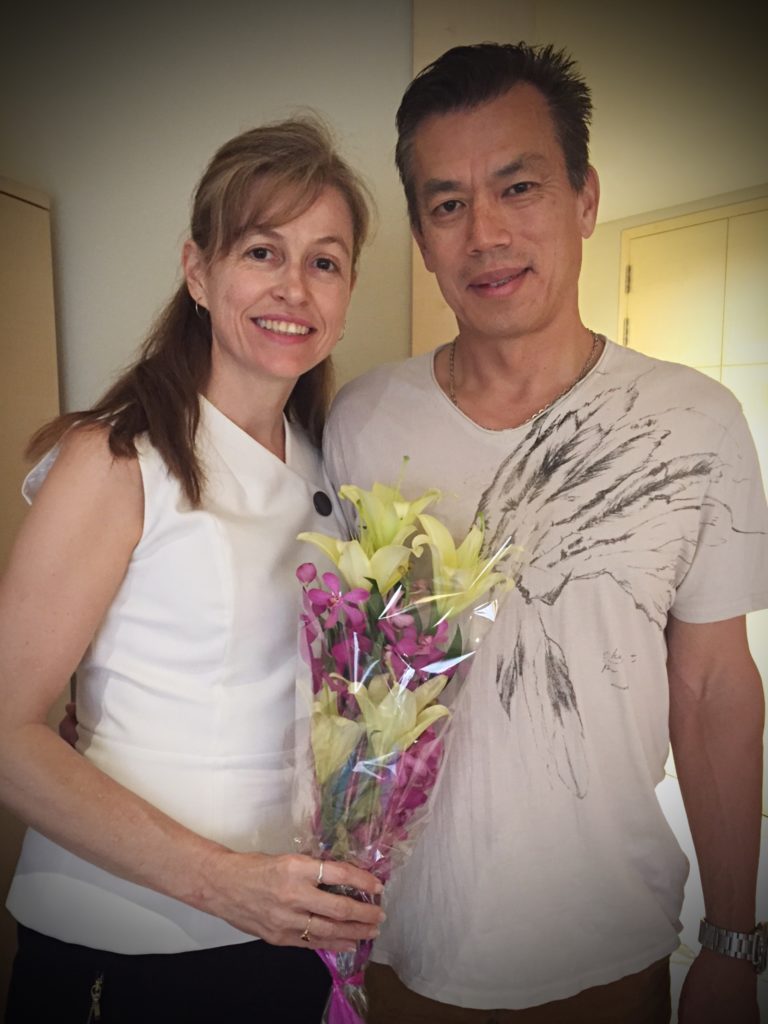
Louise and her husband during a trip to India in May 2016 to celebrate their 25th wedding anniversary.
For full disclosure, I suffered from an eating disorder in my teens, so I know how anxiety about weight and size can take over your whole life. While worry over body image is rarely the only reason for developing an eating disorder, it is certainly a major factor in most cases.
Things were easy in my 20s and 30s. Riding all over the place on my bike (usually with child or two on board) was a constant exercise, and as a vegetarian, I followed a reasonably healthy diet but could also indulge my sweet tooth. I’ve always been terrible at sports but when I hit 40, I grudgingly decided that maybe I ought to do some regular exercise and so I joined my local Curves, a gym for women.
Then at 46, I started to notice an upward trend with the monthly weigh-ins at Curves. After coming back from an indulgent vacation, I realized my weight was suddenly the same as when I was nine months pregnant with my third baby, fifteen years previous! I wasn’t thrilled.
We have all made changes and come to a place of acceptance and satisfaction with our body image, weight and lifestyle—without a “miracle diet shake” between us.
Around this time, I heard about the “5-2 Fast Diet,” developed by British doctor Michael Mosley. Rather than a quick-fix, it is an eating plan that brings steady results if you stick with it, without making impossible demands. The basic premise is that you restrict your intake on two days a week (500 calories for women) and eat whatever you like the rest of the time.
I bought the book and joined a Facebook group for others in Japan following the regime. On my “low calorie” days, I usually had a piece of fruit and slice of toast mid-morning, then a big, colorful salad with some nuts and cheese or an egg for dinner. I lost an average of one to 1.5 kg a month over the six months I followed the plan, which was a safe and steady rate of loss for me. I dropped a total of seven kilograms and a dress size in the process, and have maintained the results.
It feels so great to eat things I really love!
I took a good look at my eating habits and came to two honest conclusions: I don’t like cooked vegetables much and I am not really a fan of Japanese food in general. I still often cook Japanese food for my family, who are not vegetarian, but now most nights I follow my own preferences for my dinner: Often it’s a big salad with crusty bread, or a “Buddha Bowl” (anything I want over brown rice), or a Dagwood sandwich with greens and cheese on wholegrain bread, plus fruit and Greek yoghurt with nuts. It feels so great to eat things I really love! I still indulge my sweet tooth and have regular café lattes at Starbucks—life, after all, is for living.
The other major change in my slimming process was to get more physically active. Using the C25K app, I took up running—going out at night under the cover of darkness at first as I didn’t want people to laugh at me. (I completed my first half-marathon last December and nobody has laughed at me—I was my own biggest critic.)
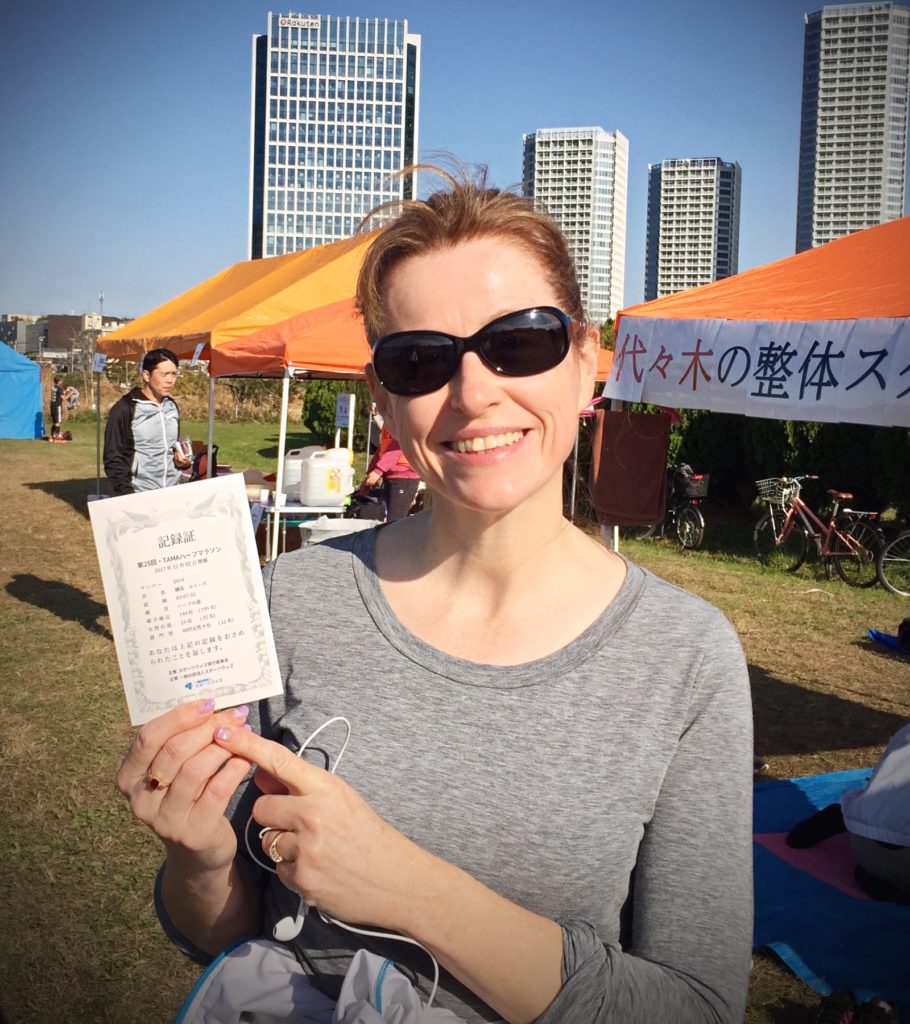
Louise after completing her first half marathon in Dec. 2017. She says that she didn’t win any prizes for speed but it didn’t matter, because she ran all the way and finished. “For someone who was always terrible at PE as a kid and avoided sports for most of her adult life,” she adds, “it made me feel like a winner.”
These days, to maintain my fitness, I combine Curves, running and yoga, and work out five to six times a week.
Heather Minowa, 45: American mom of two, doTERRA (essential oils) coach and part-time teacher
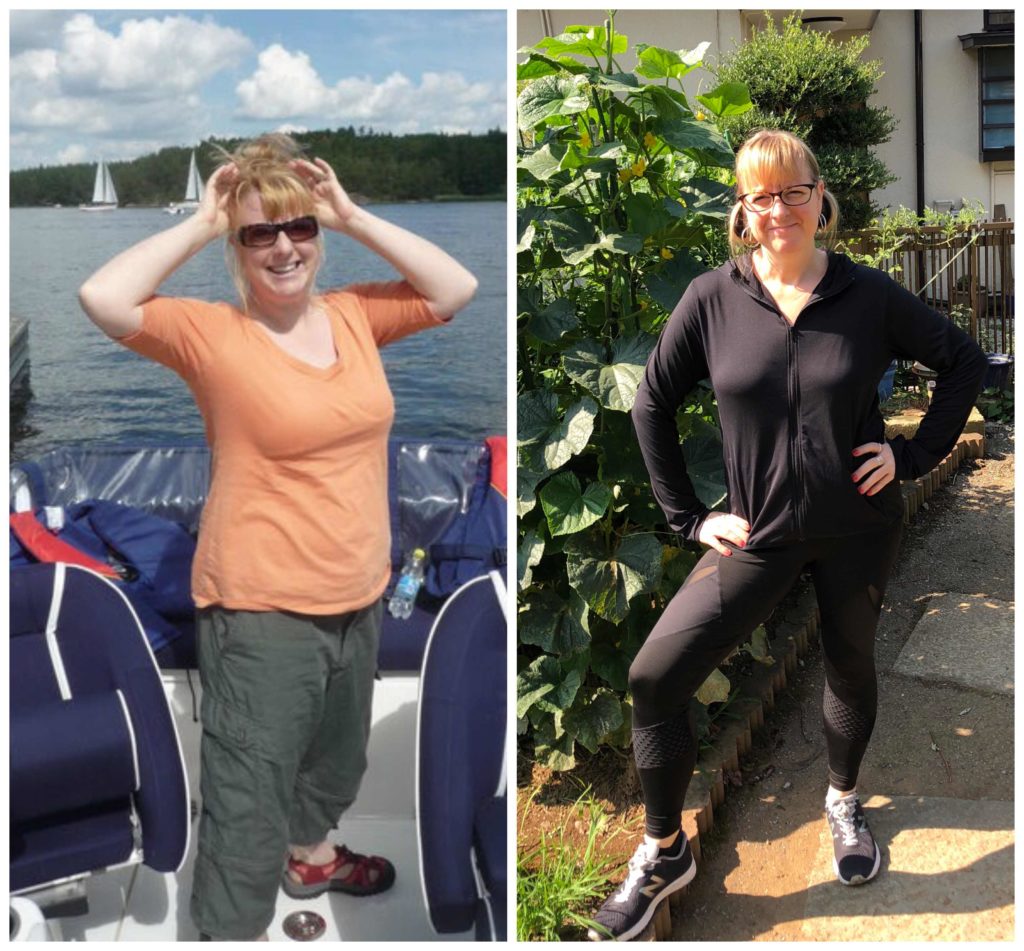
Heather before starting her amazing diet journey (left) and after (right).
Heather has lost an impressive 14 kg since this January, and she says by far the biggest factor for this success has been her maintaining a positive mindset.
“I wasn’t happy for a very long time and I dreamed of being healthier and looking better. If I was going to be successful with my business and personal life I needed to step up my personal growth game, period. Something shattered within me one day and I looked at myself in the mirror and said ‘Start now, Heather!’, and so I did.”
“Mindset is 100 percent key to everything I have accomplished. I read books — my favorite is You Are A Badass by Jen Sincero — and I listened to inspiring podcasts and audiobooks. I absolutely love dance and techno music, so I listened to it every day to keep me motivated to keep going.”
[T]he biggest factor [in losing 14 kg] has been maintaining a positive mindset.
Heather followed a 12-week online fitness program called MuTu Mamas and then stepped things up further by challenging herself to walk or run 10 km daily.
“I had to be determined and it takes time, but once I got into my groove, I realized that I could do anything I set my mind to!”
She tweaked her eating habits, noting that she’s not dieting but rather looking at a long-term lifestyle change. “I eat what I want but stop eating the second I feel full and instantly wrap up the rest of my food for the next meal. I barely snack and I use my essential oils to help curb my appetite. I cut back on caffeine, sweets and bread a lot. I still eat these things, but only a few times a week, not every day.”
‘I eat what I want but stop eating the second I feel full and instantly wrap up the rest of my food for the next meal.’
Her Fitbit and posting her journey on social media also help to maintain her motivation.
“Since I have lost so much weight I feel amazing and sexy again, and I have a lot of energy and more lust for life. I care about myself again and that is the most important thing any of us can do in life,” she says.
“Talk to yourself nicely in the mirror—this was hard at first for me—and tell yourself that you are going to do this!”
Marama Carmichael Kishimoto, 39: British mom of three, English school owner and teacher
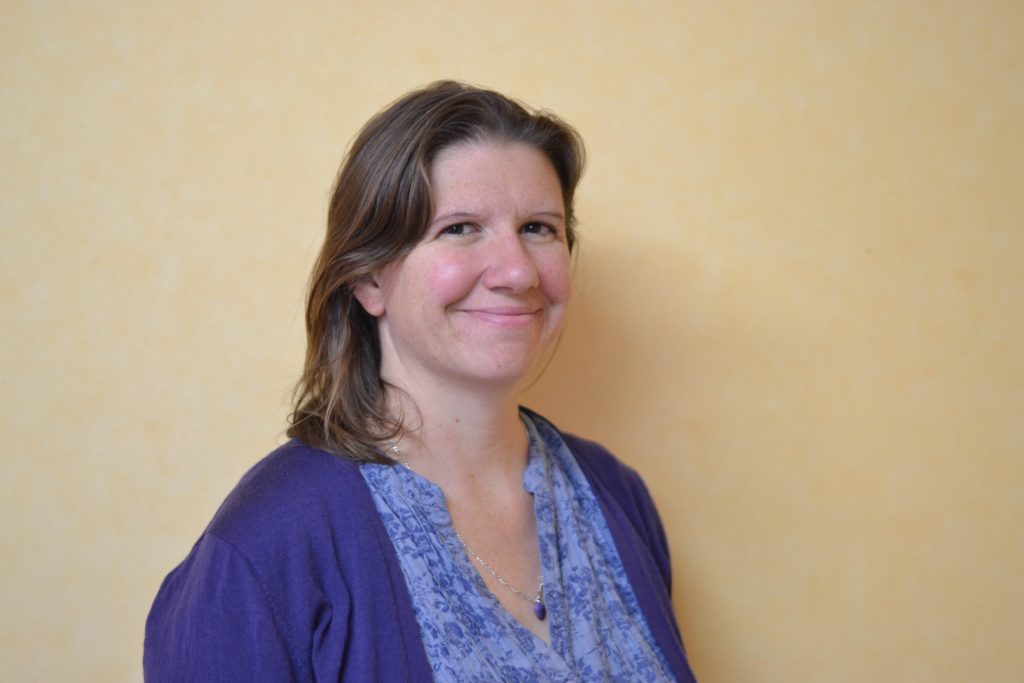
Marama feels great in her skin after losing the weight she wanted to and finding a way to balance a healthy diet and lifestyle.
With a trio of kids under nine and her own English school, Marama is always on the go. She says she struggled a lot with her weight, but over the past year, she has made concrete changes to turn things around.
“I feel like I’ve been battling with my weight my whole life. Struggling to lose a little, putting it back on easily, then struggling to lose a little again. And then I got pregnant and put on lots of weight, and never quite got back to normal in between each pregnancy, and the weight battle got even harder.”
In August last year, Marama became determined to break the cycle.
“After some research, I ended up turning to a Low Carb High Fat (LCHF) diet. I cut right down on—and later totally cut out—bread, rice, pasta and sugar. I’d always thought I needed to eat carbs but when it came down to it, I didn’t really miss them. I added in good fats like avocado oil, MCT oil, coconut oil, olive oil, avocados and nuts.”
She also added in exercise—swimming and using a stationary bike at home.
“The exercise bike worked well because I could just do fifteen to thirty minutes while the kids watched TV,” she notes.
“By following a low carb diet, I lost 10 kg by December last year, and I’ve since managed to lose another couple of kg and keep them off too,” says Marama.
“Surprisingly, I find it easy to eat low carb most of the time, and I don’t crave bread, rice, pasta, or sugar at all. Some people may see LCHF diets as a fad, but for me, it has been more of a lifestyle change. Suddenly I feel like I’m not battling my weight anymore.”
Have you experienced losing weight after years of struggling with different types of diet? Share your story and tips with us!

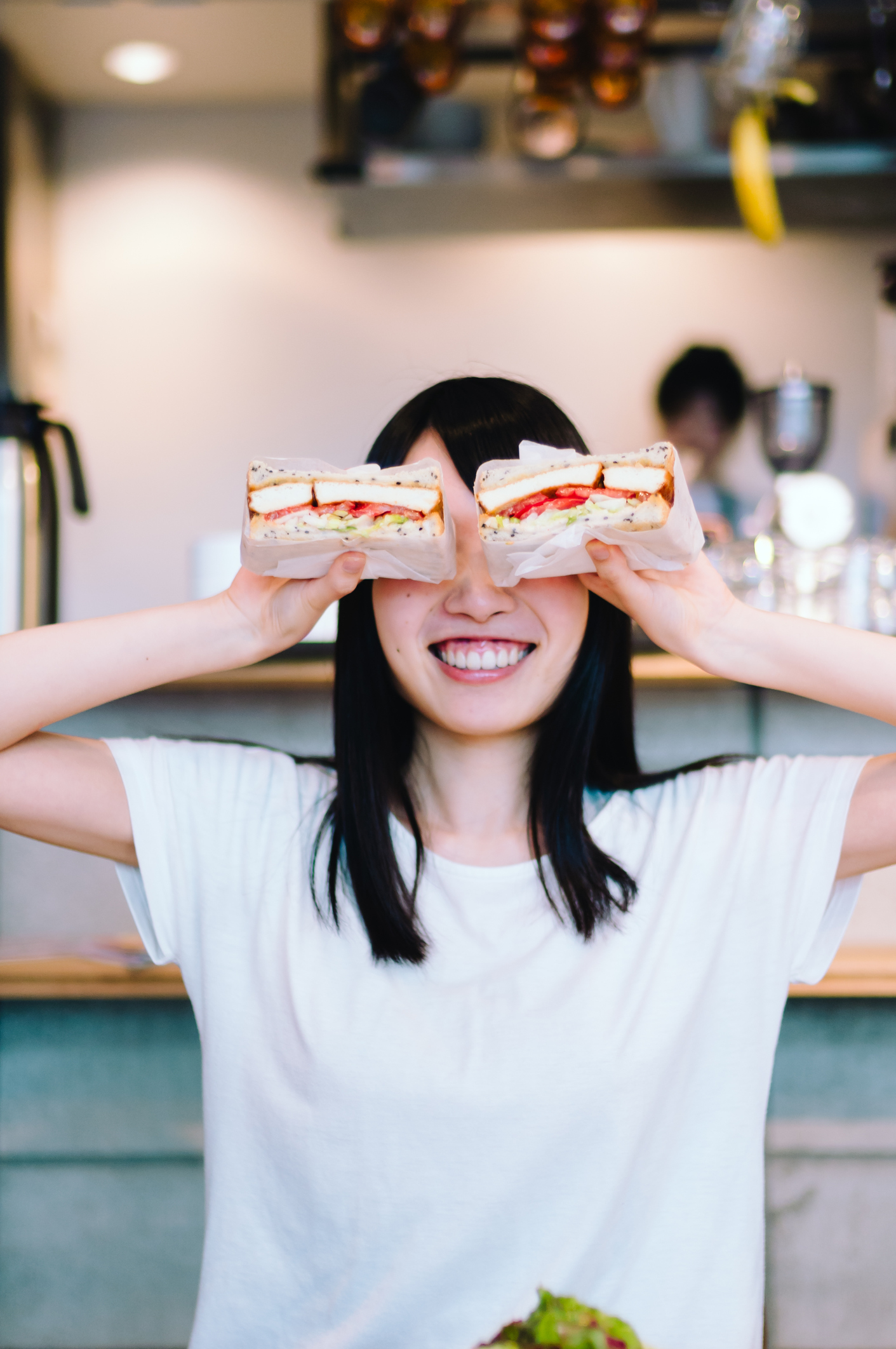











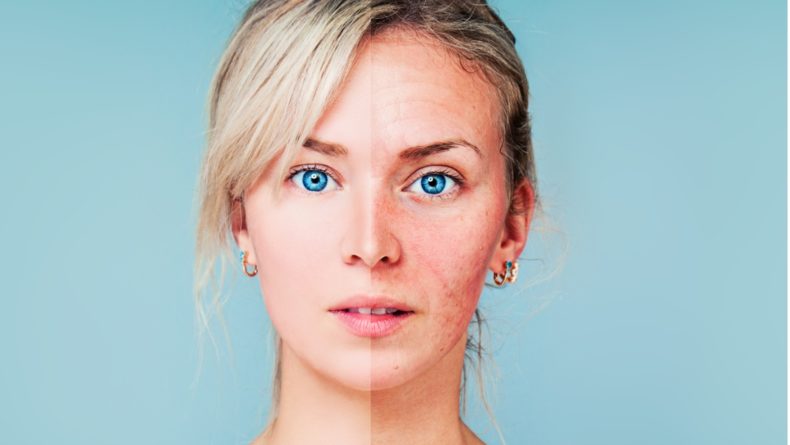
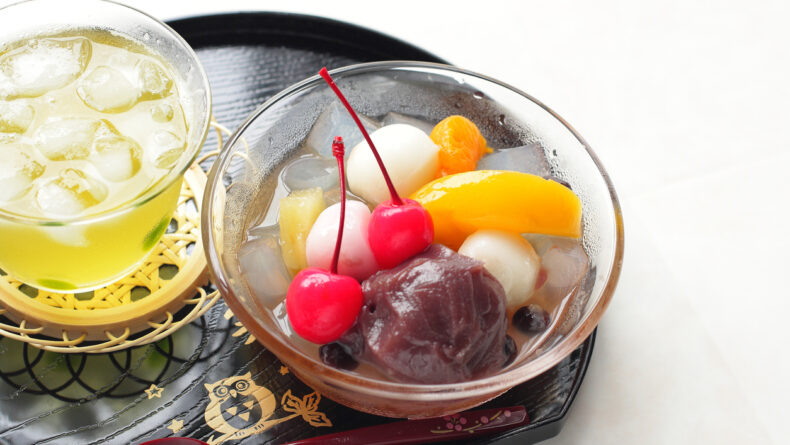
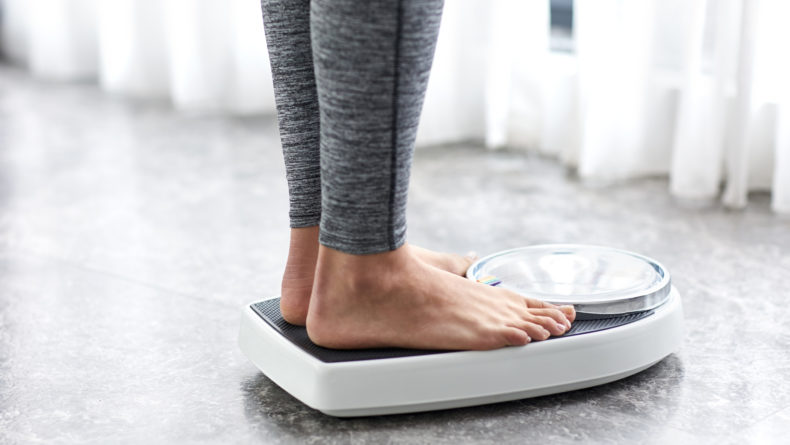
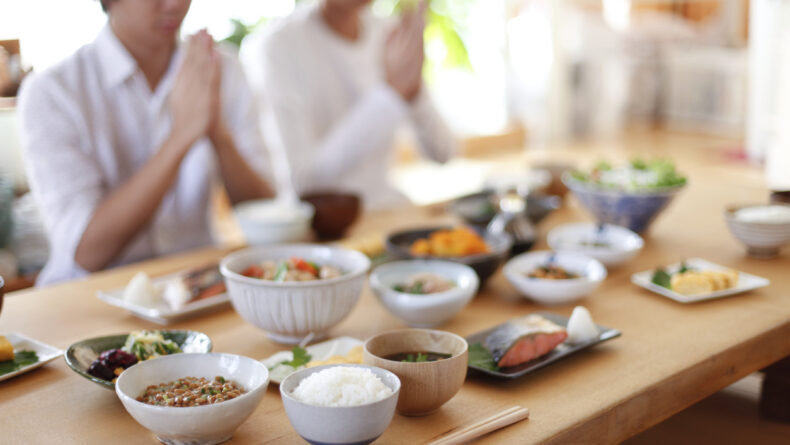
Leave a Reply